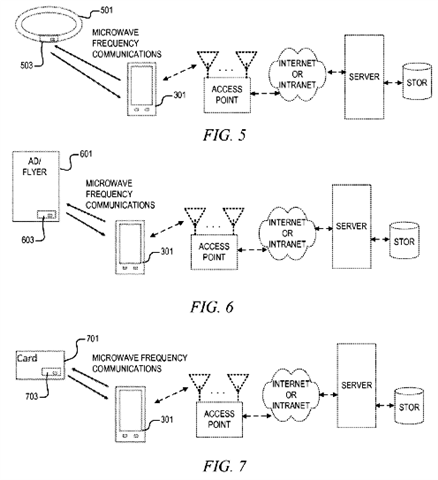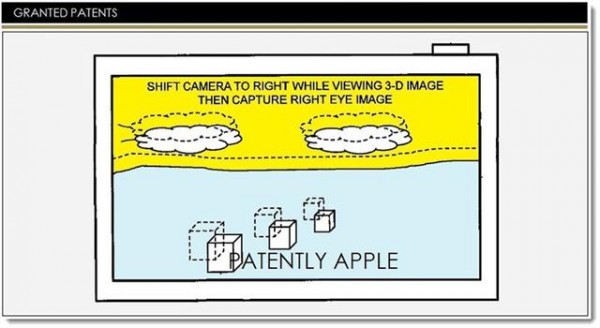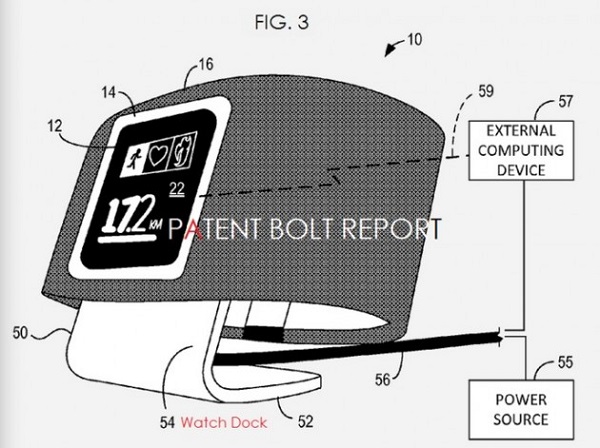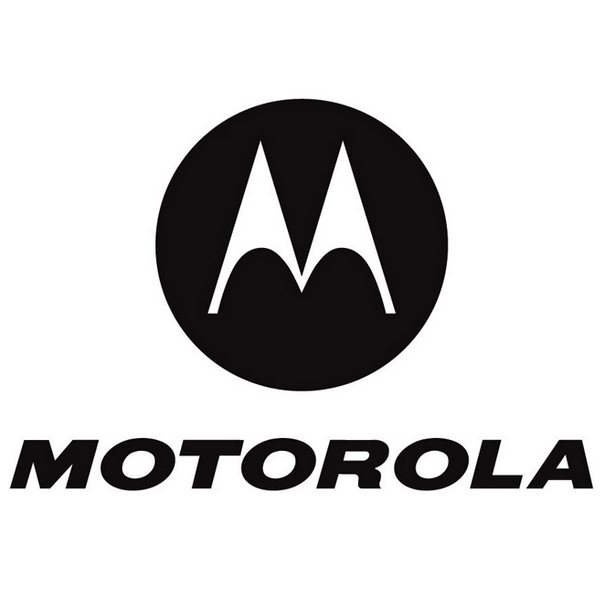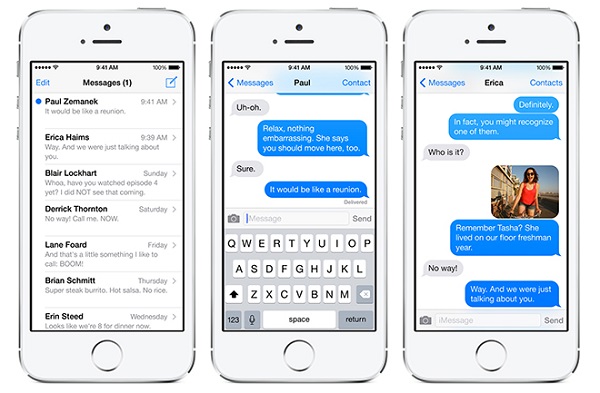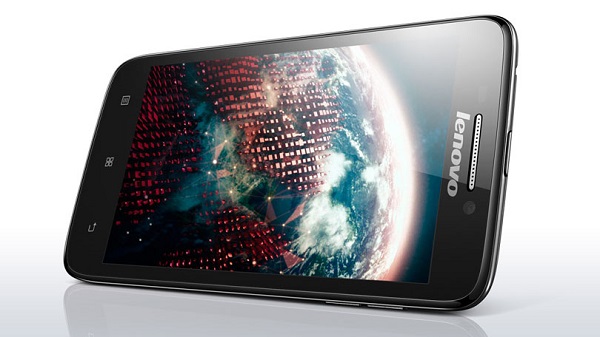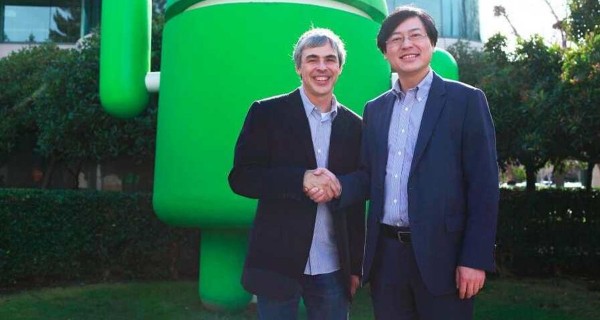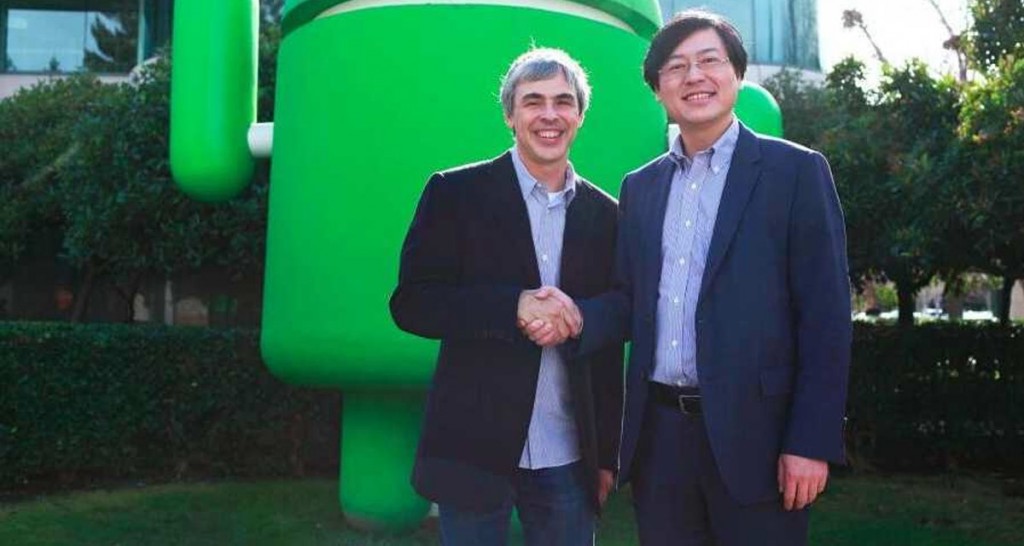
The latest patent application of the Redmond giant could make dramatic changes in how our smartphones react in certain environments, such as movie theaters or conference rooms.
There are plenty of situations when a ringing smartphone is inappropriate, and that’s what must have prompted manufacturers to implement a silent or mute mode in the first place. However, we’re only humans, so it’s not unheard of to forget about muting our smartphone during a movie, and even if the ringtone is very discreet, the display’s brightness will surely be uncomfortable for others. Microsoft is looking to solve this by implementing an inconspicuous mode into its smartphones, provided that the company is granted this patent.
Here’s part of the patent’s abstract description: “One problem with the ubiquity of [mobile devices] in so many different environments is that their use is not appropriate in all settings. As one common example, in a theater the sound from a mobile communication device and the light from its display can be distracting to other theater patrons.” That being said, muting the ringtone and dimming the display might be the best solution we have, momentarily.
While I agree that preventing people to use their smartphones while driving (unless they’re doing so with their hands on the wheel) is extremely important, I’m not so fond of the idea of having the inconspicuous mode activated at night. In case of an emergency, people should find out right away what happened, not wait till the morning comes. That’s particularly problematic since Microsoft describes the inconspicuous mode as a profile that’s activated automatically, presumably depending on the location and time.
Should this patent be granted to Microsoft, it might be implemented in a future version of Windows Phone, but more details about that will be available on January 21, when Microsoft will hold a press conference. At that point, the world will learn more about both the desktop and the mobile versions of Windows 10.
If only there was an inconspicuous mode for people, too, so they’re silent while watching a movie at the cinema. Since that’s not really technology-related and it’s (still) impossible to program people, I guess it just depends on how much common sense means to some people.
Be social! Follow Walyou on Facebook and Twitter, and read more related stories about the patent that suggested Microsoft might start making wearables, or the Nintendo pattern that could bring a Game Boy emulator to smartphones.


